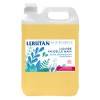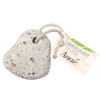
Pumice from Kalymnos (Greece)
Anaé® Greece pumice stone is a natural volcanic rock. It has been used for a very long time as an exfoliant to scrape calluses on the feet and elbows. The stone has a cotton cord for easy hanging.
What is a pumice stone ?
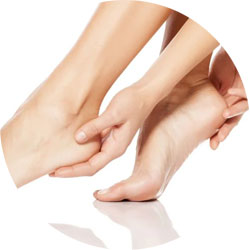
Pumice is a natural stone made from molten volcanic rocks (the result of a brutal eruption of magma). It is a porous stone with abrasive properties. There are pumice stones in white color, its raw form, or even gray, red or black. The one we are offering you comes from Kalymnos, a mountainous island in the Dodecanese archipelago in the Aegean Sea, off the coast of Greece.
A pumice stone helps exfoliate and remove layers of dead skin cells in depth. It is generally used for the care of the feet or elbows since the skin there is particularly thick.
Greece comes into your bathroom. This natural Kalymnos pumice stone will meet your zero waste approach. With its ancestral use in body care, it will accompany you and be your ally to soften roughness and prevent them from re-establishing itself throughout the year.
All you need to do is rub gently along your skin to restore luster and softness. By brushing the stone on your skin, it will exfoliate it thanks to its porous material and its abrasiveness, while increasing blood circulation for a better sensation. This stone has a cotton cord for easy hanging.
Your skin will be smooth, toned and beautiful again !
Benefits of pumice stone
+ Exfoliating, ideal for combating calluses on the feet or elbows
+ Authentic volcanic pumice stone
+ Equipped with a cord for easy hanging
+ Porous, light and yet very hard and resistant
+ Almost unlimited duration of use
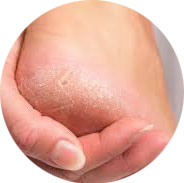
What are foot horns and calluses ?
Unlike the hands, we too often neglect our feet! However, your feet need as much attention and care as the rest of your body. Corn on the foot can appear due to friction from shoes. It is therefore important to have regular care for your feet every season.
Hardened skin is the key feature in the formation of hoof and calluses. They are often characterized by a yellowish discoloration and appear on the tops and sides of the toes, on the sole of the foot and behind the heel.
Calluses are often less defined than the horns on the foot and often less hard. Calluses are often felt as a diffuse burn while corns can cause sharp pain when walking and can affect your well-being during daily activities. However, the causes of foot horns and calluses are very similar.
How to use this pumice stone ?
Use the wet pumice stone on damp, clean feet, ideally while showering or bathing. Gently rub in circular motions to smooth out any rough edges, paying particular attention to the edges and any rough areas until the skin becomes soft. Re-wet the pumice stone from time to time during use: dry, it is less effective. Rinse and dry feet. Rinse the pumice stone with clean water. Pumice can be stored for a long time. It should be changed when it becomes smooth.
Penn'Ty Bio advice
The pumice stone is preferably used once a week because daily use risks weakening the epidermis of the soles of the feet.
For optimal use, let the feet rest in hot water with shower oil for 10 minutes before carrying out the scrub. The hot foot bath will have the effect of softening the thick skin on the heels as well as that located under the soles of the feet. After the foot bath, rub from bottom to top (not in a circular or back and forth motion) the heel and the bottom of the foot at the level of the big toe. Normally, no pain should be felt since it is dead skin.
Don't forget to gently dry your feet before applying foot cream. For a greater effect, you can wear socks to help the cream penetrate well. This weekly foot treatment is preferably carried out in the evening just before going to sleep.
We answer your questions
Can we use pumice stone on dry feet ?
The pumice stone must be moistened as well as the feet before use.
What are the differences between a pumice stone and a rasp ?
The rasp is used dry unlike the pumice stone. Additionally, the grater has 2 different grain sizes.
Conditionning
Raw pumice stone approximately 8 cm in diameter, only pierced for the passage of the cord to facilitate its drying.
Learn more about the Anae brand

Anaé® is the range of products dedicated to cleansing and hygiene for the whole family, in an ecological and economical version. Anaé Ressources® is the line of basic ingredients allowing you to make a certain number of hygiene products yourself.
– the products are simple, adaptable to multiple uses and customizable according to the desires of the moment (essential oils, glycerin, etc.).
– Anaé Ressources® products are composed of natural minerals and plant ingredients entirely from French organic farming. The cosmetic products are Cosmos Organic certified.
– Anaé® textile products in organic cotton (make-up remover pads, massage gloves, terry towels) are GOTS certified, to respect the environment and people.
You might also like
16 other products in the same category:
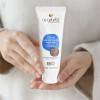
Nourishing cream for dry feet –...
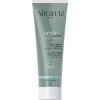
Green clay tube ready to use -...
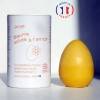
Solid balm with arnica and...
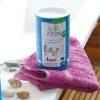
Epsom salt - 1 kg
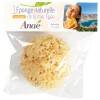
Natural sponge from the Aegean...
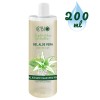
Aloe Vera gel 98% fragrance free...
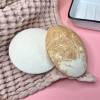
Natural exfoliating tablet - 120 gr
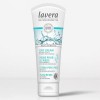
Basis Sensitiv Foot Cream - 75 ml
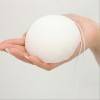
Bulk Konjac Sponge
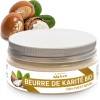
Pure organic shea butter - 100 ml
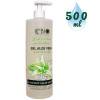
Aloe Vera gel 98% fragrance free...
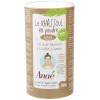
Rhassoul powder - 500 grs
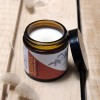
Karma balm : body, face, lips,...
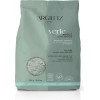
Ultra-ventilated illite raw...
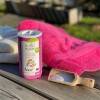
Talc powder - 300 grs
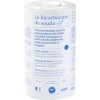
Baking soda cosmetic - 500 grs
Customers who bought this product also bought:
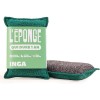
Double-sided scrubbing sponge -...
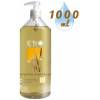
Honey Calendula Oat Frequent Use...
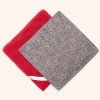
Double-sided flat sponge -...
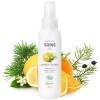
Organic care oil Light legs -...
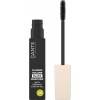
Mascara Classic Volume 01 Black...
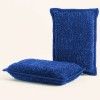
Double-absorbent sponge -...
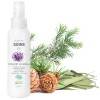
Organic care oil Winter comfort...
